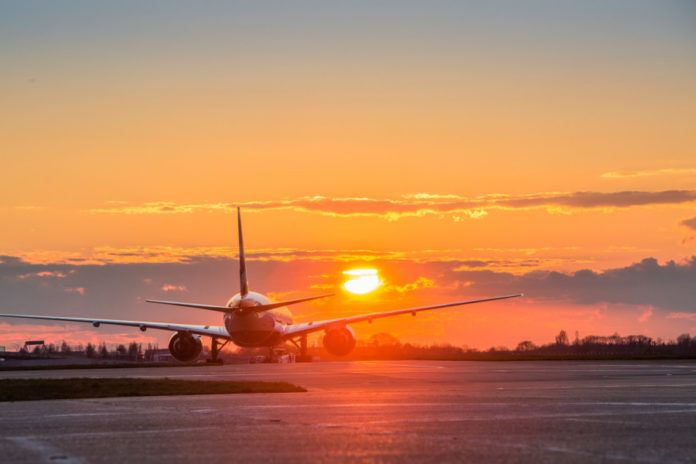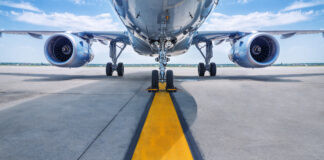

The London airport system is likely to be full by the mid-2030s and it is already losing out to European rivals, the Airports National Policy Statement warns.
In its report on runway capacity and infrastructure in the South East of England, it says aviation contributes around £20 billion a year to the UK economy, and the UK has the third largest aviation network in the world but faces long term capacity problems.
It says Heathrow Airport is operating at capacity, and so is Gatwick Airport at peak times, and this is causing the UK to lose routes to European rivals.
The report says: “With very limited capability at London’s major airports, London is beginning to find that new routes to important long haul destinations are being set up elsewhere in Europe. This is having an adverse impact on the UK economy, and affecting the country’s global competitiveness.”
It acknowledges the importance of airfreight to the UK economy providing more opportunities to trade, saying that it benefits from greater quantity and frequency of services, especially long haul.
“By providing more space for cargo, lowering costs, and by the greater frequency of services, this should in turn provide a boost to trade and GDP benefits.”
The report says expanding Heathrow Airport with a third runway would deliver the biggest boost in long haul flights, helped by existing and proposed development of freight facilities as part of the Northwest Runway scheme.
It says: “Heathrow Airport currently has a substantial freight handling operation, around 20 times larger by tonnage than that at Gatwick Airport, and accounting for 34 per cent of the UK’s non-European Union trade by value – around 170 times more than Gatwick Airport.”
The report says the Heathrow Northwest Runway offers the greatest support for freight, saying: “The plans for the scheme include a doubling of freight capacity at the airport. Heathrow Airport already handles more freight by value than all other UK airports combined, and twice as much as the UK’s two largest container ports.”










